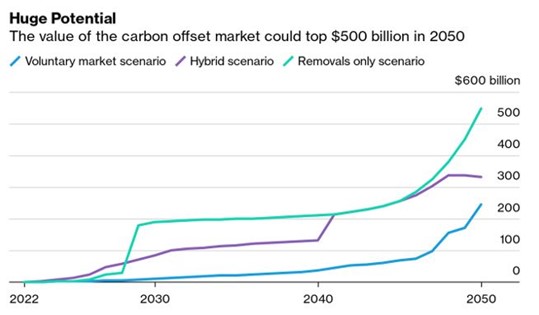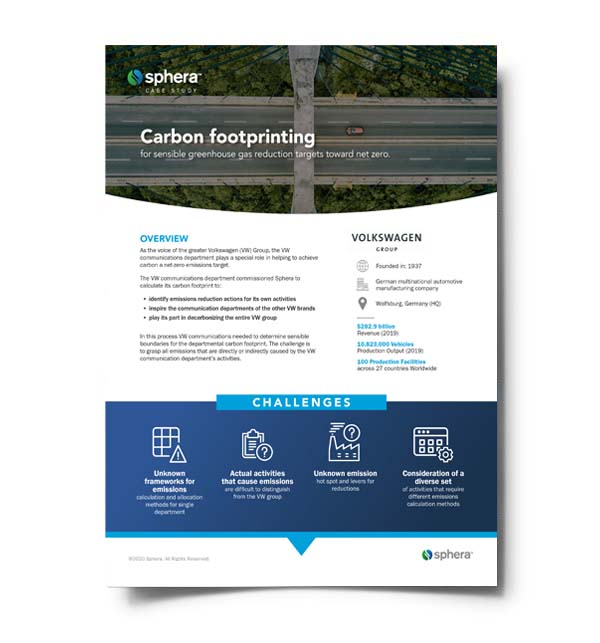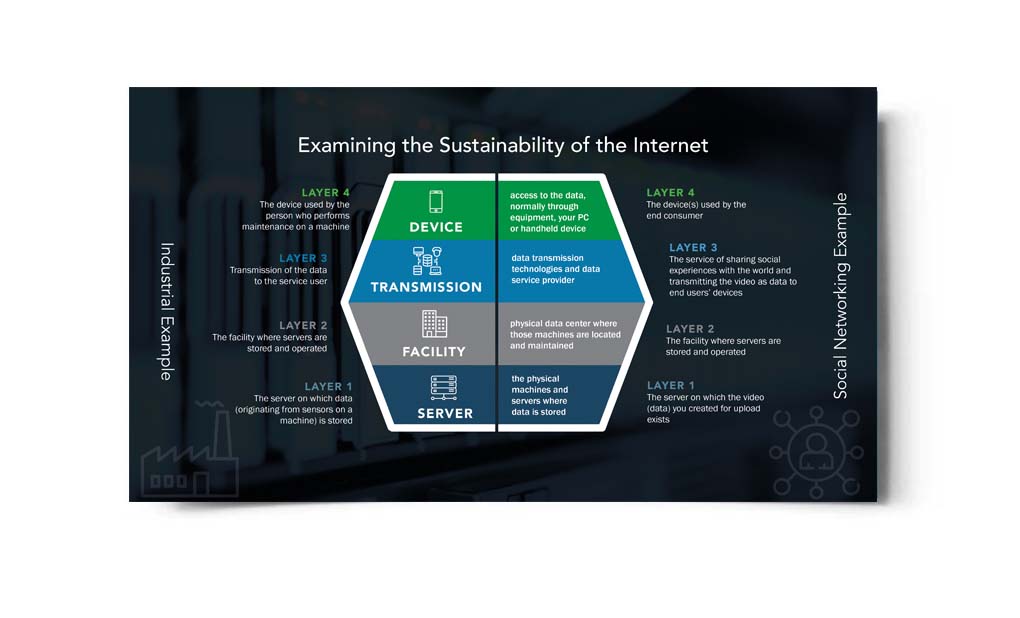As businesses around the world strive to tackle climate change and reduce their carbon footprint, carbon offsetting has emerged as a potential emission reduction strategy. But what are carbon offsets, and how can they help your company meet its net-zero goals? In this article, we explore the concept of carbon offsetting, its origins and the growing industry surrounding it.
What Is Carbon Offsetting?
Companies participate in carbon offsetting when they purchase credits that are put toward projects that help remove or sequester man-made carbon emissions from the atmosphere. Offsets are often used as a measure to help a company on its journey toward net-zero emissions or carbon neutrality, in addition to other strategies that directly reduce the company’s carbon footprint. Because global warming is inherently a worldwide problem, reducing greenhouse gas (GHG) emissions anywhere helps with the overall fight against climate change.
The Origins of Carbon Credits and Offsets
The purchase of carbon offsets globally has risen in popularity over the last several decades. In the U.S., the 1977 U.S. Clean Air Act and the Acid Rain Program introduced the concept of emissions trading with “cap and trade” programs, but emissions trading didn’t go global until the Kyoto Protocol. Signed in 1997, the Kyoto Protocol represented the first legally binding international agreement to reduce GHG emissions and created the first global market for carbon credits. As part of the agreement, countries that did not meet their emission reduction goals could purchase unused emission units from nations that stayed below their thresholds.
The Growing Carbon Offsets Industry

Source: BloombergNEF: https://about.bnef.com/blog/the-untapped-power-of-carbon-markets-in-five-charts/
The latest international climate change treaty, the 2015 Paris Agreement, aims to keep the increase in global average temperature “well below 2°C above pre-industrial levels.” As a result of these and other climate change goals, places like the EU, the U.K. and California have mandated—through regulation—that certain industry sectors reduce and report on their carbon emissions. These so-called compliance carbon markets were valued at $850 billion as of 2021. But as all participating countries are required to report on their progress toward the Paris Agreement goals, the voluntary carbon offsets market is expected to grow from around $2 billion in 2022 to $100 billion in 2030 and anywhere from $250 billion to $500 billion by 2050, according to research from Morgan Stanley.
How Do Carbon Credits Help Offset a Company’s Carbon Footprint?
The current cost of the technology required to upgrade existing infrastructure or capture emitted carbon from the air is often prohibitively expensive for businesses. Carbon offset credits can help companies compensate for their GHG emissions by helping reduce them elsewhere. (Note: One carbon credit corresponds to one metric ton of reduced, avoided or removed carbon dioxide or equivalent GHG.)
To reach the goals set by the Paris Agreement, it’s estimated that 1 gigaton of carbon dioxide per year must be removed globally by 2030. While direct emissions reductions will be required, many companies are opting to buy carbon credits when eliminating their own emissions is too expensive or impossible.
Choosing Carbon Offset Projects
Carbon offsets are sold by brokers, businesses and governments to fund projects that help remove or reduce greenhouse gases in the atmosphere. If your company is looking into buying carbon offsets, remember that not all projects are created equal. Use established certification standards to ensure you choose projects that require carbon offsetting to be real, measurable, verifiable and additional (i.e., leads to a reduction of greenhouse gas emissions that would not have happened otherwise). Some well-known standards include Verra’s Verified Carbon Standard, the Gold Standard, Plan Vivo and The Climate, Community and Biodiversity Alliance (CCBA).
Vetting the offsets you purchase is key not just for peace of mind but also for how the public—including your customers or potential customers—may view them. Many people have become wary of corporate statements about sustainability efforts, dismissing them as “greenwashing.” By partnering with the right programs up front, you can ensure you have the information to prove to your employees, customers and other stakeholders that the projects you choose are truly making a difference.
Are Carbon Offsets Sustainable?
While we can’t simply “offset our way out of climate change,” carbon offsets offer a valuable tool for companies and other entities on the march toward net zero. Over time, the cost of carbon removal technology and other more effective methods of GHG reduction should decrease as they become more widespread. In the meantime, funding carbon offset projects can help move the needle on reducing global GHG emissions. In fact, offset projects can directly support innovation in sustainable technology, effectively serving as a company’s investment in its own decarbonized future.











